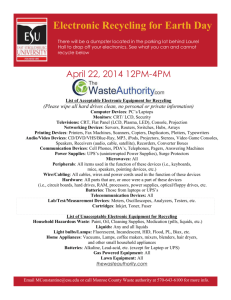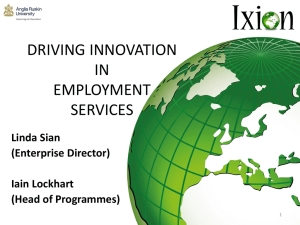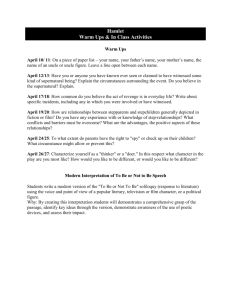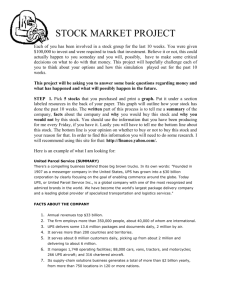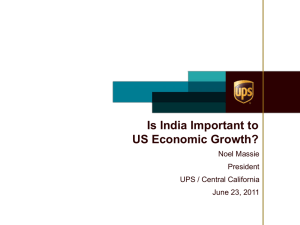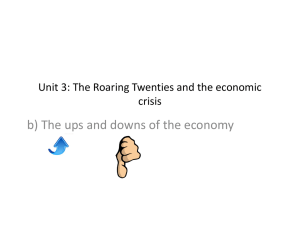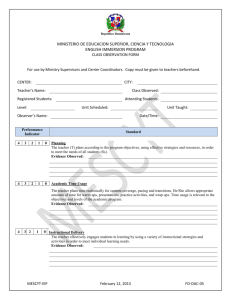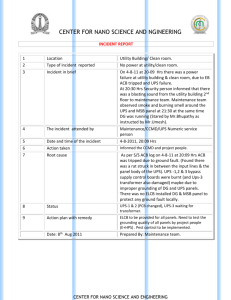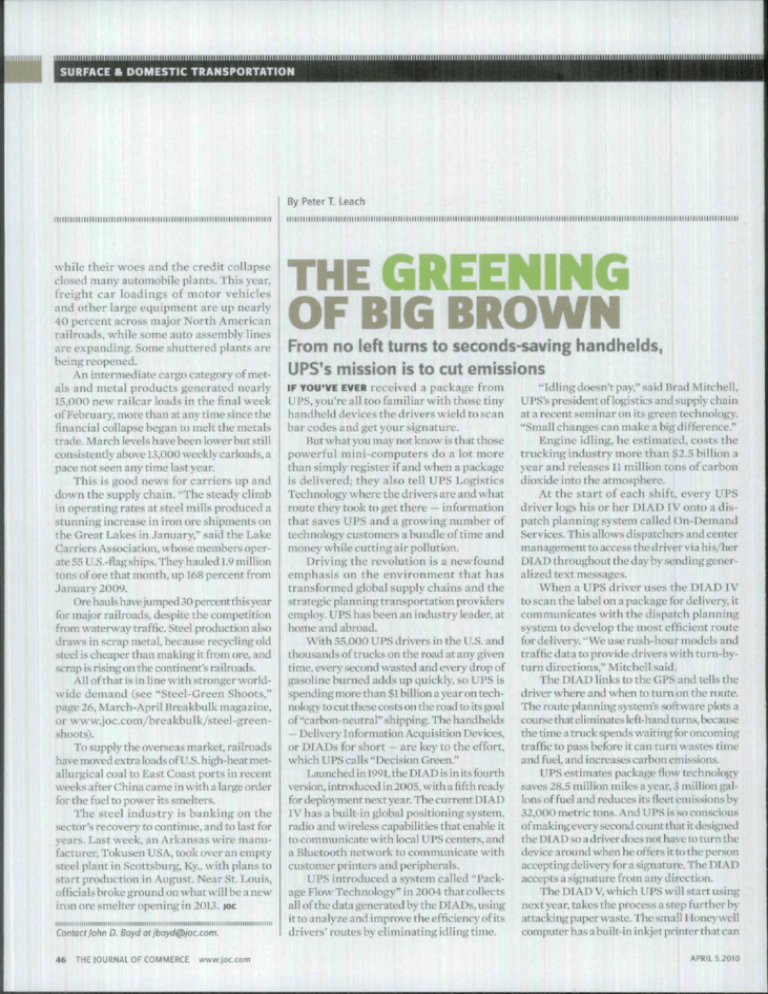
SURFACE ft DOMESTIC TRANSPORTATION
By Peter T. Leach
MlllinilinillllllNIIIMINIilllllllllilllllllllKIIIIIIIIIIIIIIINUIIIIIIII
while their woes and the credit collapse
closed many automobile plants. This year,
freight car loadings of motor vehicles
and other large equipment are up nearly
40 percent across major Nortli American
railroads, while some auto assembly lines
are expanding. Some shuttered plants are
being reopened.
An intermediate cargo category of metals and metal products generated nearly
15,000 new raiicar loads in the final week
of February, more than at any time since the
financial collapse began to melt the metals
trade. March levels have been lower but still
consistently above 1.^^,000 weekly carloads, a
pace not seen any time last year.
This is good news for carriers up and
down tbe supply chain. "The steady climb
in operating rates at steel mills produced a
stunning increase in iron ore shipments on
the Great Lakes in January," said the Lake
Carriers Association, whose members operate 55 U.S.-flag ships. They hauled 1.9 million
tons of ore that month, up 168 percent from
January 2009.
Ore hauls have jumped 30 percentthisyear
for major railroads, despite the competition
from waterway traffic. Steel production also
draws in scrap metal, because recycling old
steel is cheaper than making it from ore, and
scrap is rising on the continent's railroads.
All ofthat is in line with stronger worldwide demand {see "Steel-Green Shoots,"
page 26, March-April Breakbulk magazine,
or www.joc.com/breakbulk/steel-greenshoots).
To supply the overseas market, railroads
have moved extra loads of U.S. high-heat metallurgical coal to East Coast ports in recent
weeks after China came in with a large order
for the ftiel to power its smelters.
The steel industry is banking on the
sector's recovery to continue, and to last for
years. Last week, an Arkansas wire manufacturer, Tokusen USA, took over an empty
steel plant in Scottsburg, Ky., with plans to
start production in August. Near St. Louis,
officials broke ground on what will he a new
iron ore smelter opening in 2013. ioc
UIIIDIIIIIIIIIIIIIIIIIIIIKIIIIfllllllllllllllllllllllllllillllllllllllllllltlllllllllllllllllllllOIIIII
Contact lohn D. Boyd at jboyd@joc.com.
46
THE lOURNAL OF COMMERCE
www.joc.tom
THE GREENING
OF BIG BROWN
From no left turns to seconds-saving handhelds,
UPS's mission is to cut emissions
IF YOU'VE EVER received a package from
UPS, you're all toofamiliar with those tiny
handheld devices the drivers wield to scan
bar codes and get your signature.
But what you may not know is that those
powerful mini-computers do a lot more
than simply register if and when a package
is delivered; they also tell UPS Logistics
Technology where the drivers are and what
route they took to get there — information
that saves UPS and a growing number of
technology customers a bundle of time and
money while cutting air pollution.
Driving the revolution is a newfound
emphasis on the environment that has
transformed global supply chains and tbe
strategic planning transportation providers
employ. UPS has heen an industry leader, at
home and abroad.
With 55,000 UPS drivers in the U.S. and
thousands of trucks on the road at any given
ti me, every second wasted and every drop of
gasoline burned adds up quickly, so UPS is
spending more than $1 billion a year on technology to cut these costs on the road to its goal
of "carhon-neutrai" shipping. The handhelds
— Delivery Information Acquisition Devices.
or DIADs for short — are key to the effort.
which UPS calls "Decision Green."
Launched in 1991, theDI AD is in its fourth
version, introduced in 2005, with a fifth ready
for deployment next year. The current DI AD
IVhnsahuilt-inglohal positioning system,
radio and wireless capabilities that enable it
to communicate with iocal UPS centers, and
a Bluetooth network to communicate with
customer printers and peripherals.
UPS introduced a system called "Package Flow Technology" in 2004 that collects
all ofthe data generated by the DIADs, using
it to analyze and improve the efficiency of its
drivers'routes hy eliminating idling time.
"Idlingdoesn't pay," said Brad Mitchell.
UPS's president of logistics and supply chain
at a recent seminar on its green technology.
"Small changes can make a bigdifference."
Engine idling, he estimated, costs the
truckingindustry more than $2.5 billion a
yearand releases U million tons of carbon
dioxide into the atmosphere,
At the start of each shift, every UPS
driver logs his or ber DIAD IV onto a dispatch planning system called On-Demand
Services. This allows dispatchers and center
management to access the driver via his/her
DIAD throughout the day by sending generalized text messages.
When a UPS driver uses the DIAD IV
to scan the lahel on a package for delivery, it
communicates with the dispatch planning
system to develop the most efficient route
for delivery. "We use rush-bour models and
traffic data to provide drivers with turn-byturn directions," Mitchell said.
The DIAD links to the GPS and tells the
driver where and when to turn on the route.
Tbe route planning system's software plots a
course that eliminates left-hand turns, because
the time a truck spends waiting for oncoming
traffic to pass before it can turn wastes time
and fuel, and increases carbon emission.^.
UPS estimates package flow technology
saves 2H.5 million miles a year, 3 million galIons of fuel and reduces its fleet emissions by
32,000 metric tons. And UPS is so con.scious
ofmakingevcrysecond count that it designed
the DI AD soa driver does not have to turn the
device around when he offers it to the person
accepting del i very for a signature. The DIAD
accepts a signature from any direction.
The DIAD V, which UPS will start using
next yea r, takes the pixicess a step fu r ther hy
attackingpapcrwaste. The small Honeywell
computer has abuilt-in inkjet prmter that can
APRIL 5.2010
SURFACE a DOMESTIC TRANSPORTATION
UPS EMISSIONS
emissions, in miliions of metric tons per 1,000 pacicages and per $i00,000 in revenue, 2005-08.
2.15
"
$25
2.10
2.05
2005
2006
2007
2008
Source: Company reports
imprint a label directly onto a package being
picked Lipwitlioiit having to generate a label.
UPS estimates this will eliminate the need to
print 8y million sheets of paper anniially.
UPS also liiis developed a new revenue
stream from its routing technology — from
eonsultingservices it offers its customers
through UPS Logistics Technology. U.S.
customers ofthe technology —using some
188,000 vehicles in all — have reduced
their miles driven by 1.1 billion miles
and cut carbon dioxide emissions by
l.y million metric tons, UPS estimates.
Testa Produce, Chicago's largest independent food distributor, uses UPS Logistics
Technology to help it optimize route planning for itsfleetof 39 tempérât ure-eontrol led
trucks, wliich deliver fresh fruit, vcgetahles
and beverages to hotel.s and restaurants,
hospitals, spas and sports stadiums in its
four-state market.
"We don't ship via UPS, but we use UPS
technology to plan our routes in a more efficient manner," said Leonard Moskowitz,
Testa's CFO and vice president of finance.
"We still do left-hand turns, but we use UPS
to minimize left turns and also returns." |oc
iiiiiiiiiiiiiimiiiiiiiiiiiiiiiiiiiiiiiiiiiiiiiiiiifiiiiiiiiiiiiiiiiiiiifiiiiiiiiiiiiiitiiiiiiiiiiiiiiiiii
Contact Peter T. Leach at pleach@joc.com.
BECOME A M E M B E R !
NEW!
Membership benefits developed
exclusively for the unique needs of the
breakbulk industry professional.
• Membership includes:
• Comprehensive breakbulk industry
coverage
• Exclusive market intelligence and analysis
• Key industry statistics
• Print & online access
• Plus discounts to Breakbulk events
START YOUR MEMBERSHIP TODAY!
Go to www.breakbulk.com/membership/
BREAKBUIICCOM | MAGAZINETNtWSLt
www.joc.com
THE JOURNAL OF COMMERCE 47
From JoC Week / http://www.joc.com. ©2010 United Business Media Global Trade. All rights reserved.
Copyright of Journal of Commerce (15307557) is the property of Commonwealth Business Media, Inc. and its
content may not be copied or emailed to multiple sites or posted to a listserv without the copyright holder's
express written permission. However, users may print, download, or email articles for individual use.

